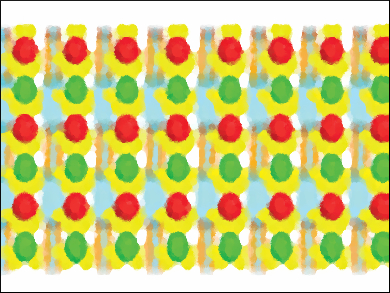Ultrathin films have been gaining ground for use in nanomaterials and semiconductor devices recently, but methods to improve their properties are an ongoing topic of research. Problems in this area – especially for luminescent thin films – include nonuniformity, low luminescence, or low transparency.
Lanthanides present themselves as a good alternative to the use of organic chromophores for the development of luminescent thin film devices. They are known to display high levels of luminescence with large Stokes shifts and long-lived excited states. There have been reports of lanthanide complexes being used in the development of transparent thin films, e.g., by matrix doping, but in these systems there are known problems such as complex aggregation.
Using layered double hydroxide (LDH) nanosheets, which have been successfully implemented for devices consisting of organic chromophores, Yige Wang, Hebei University of Technology, Tianjin, China, and colleagues have made highly transparent ultrathin films with lanthanide complexes as the chromophores. The sheets were well-ordered and the LDH monolayers helped give uniformity and to shield the lanthanide complexes from one another, ensuring good luminescence. Additionally, the researchers report the potential use of the complexes as selective Fe3+ ion sensors, based on luminescence quenching studies.
- Preparation and Properties of Transparent Ultrathin Lanthanide-Complex Films,
Yali Li, Yang Xu, Yige Wang,
Chem. Eur. J. 2016.
DOI: 10.1002/chem.201601189




